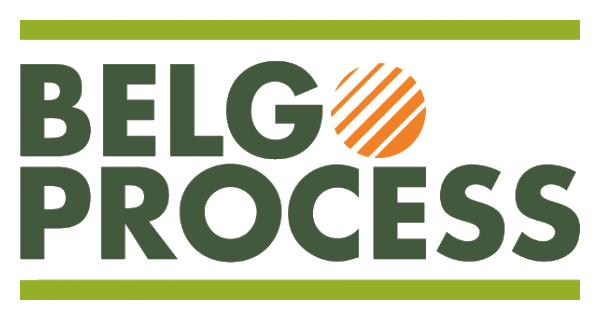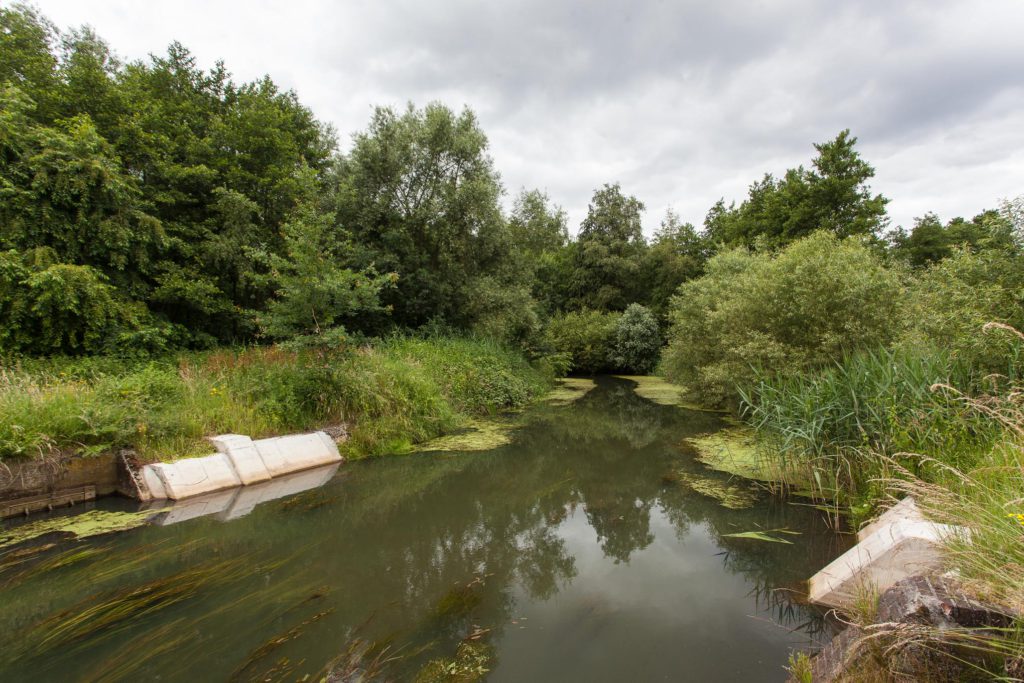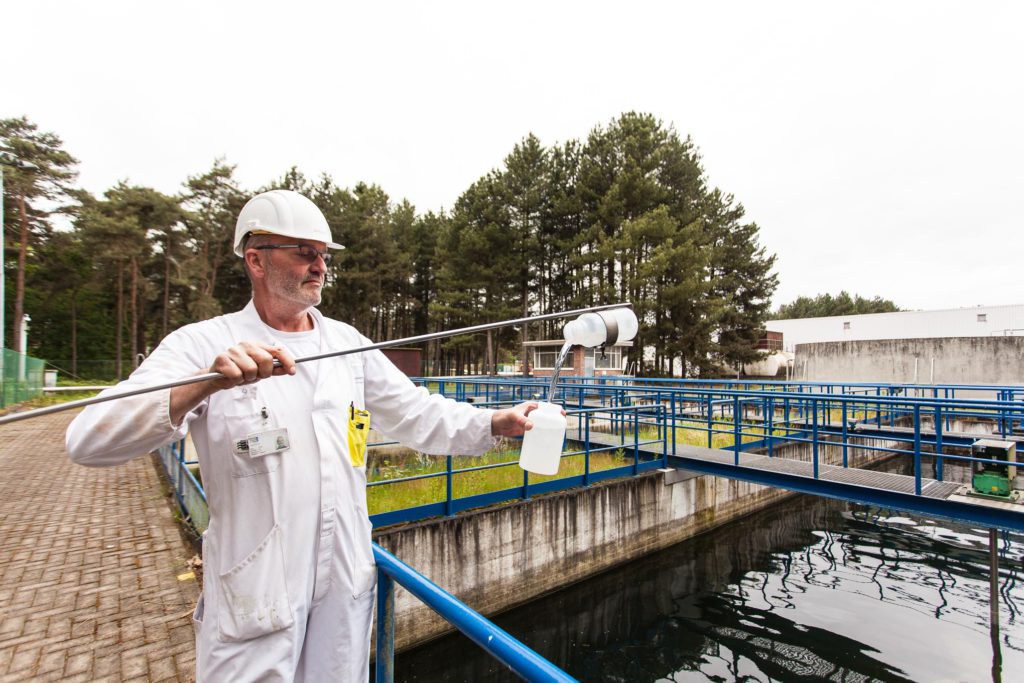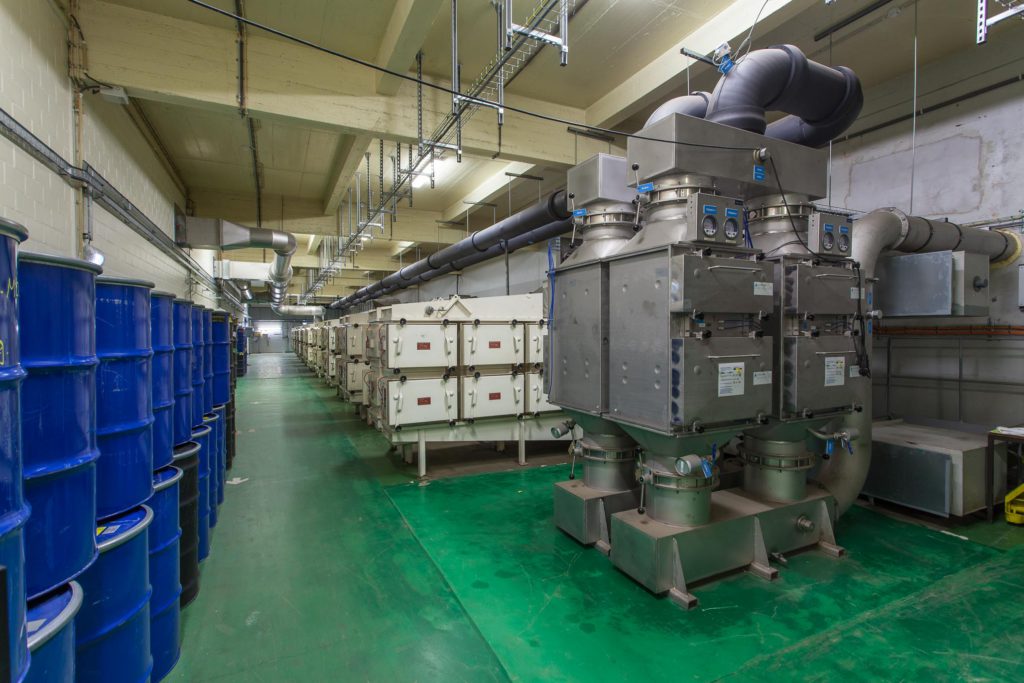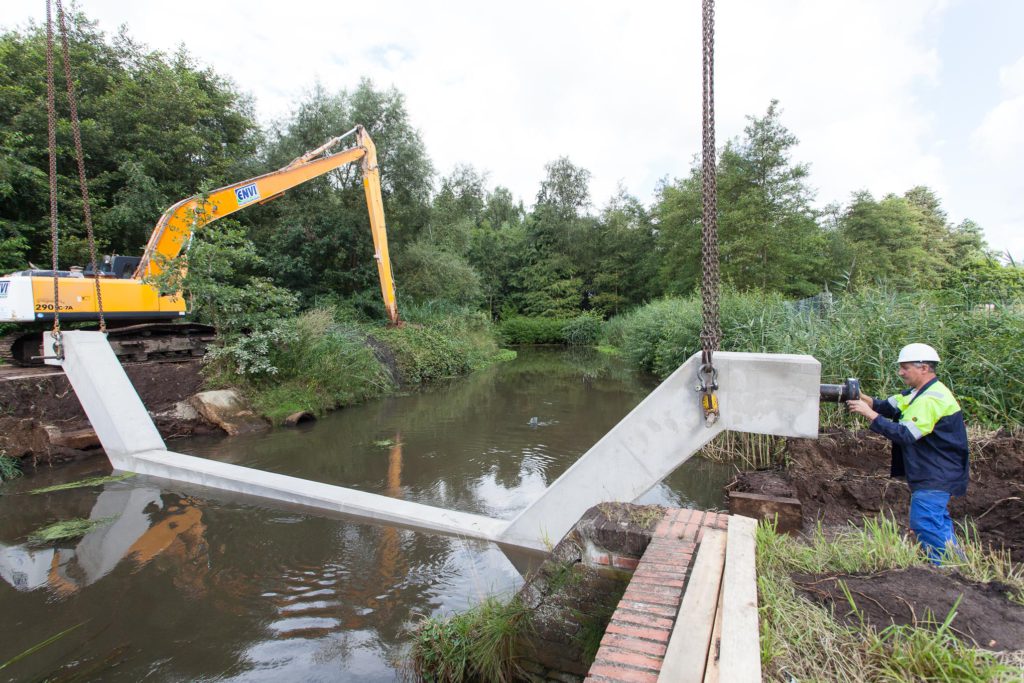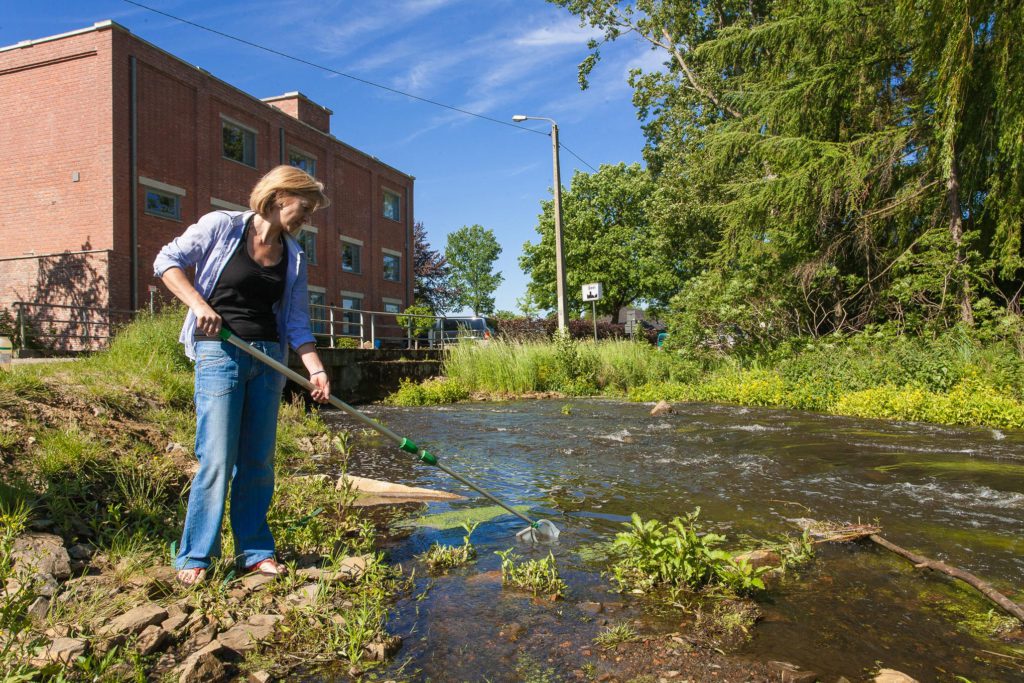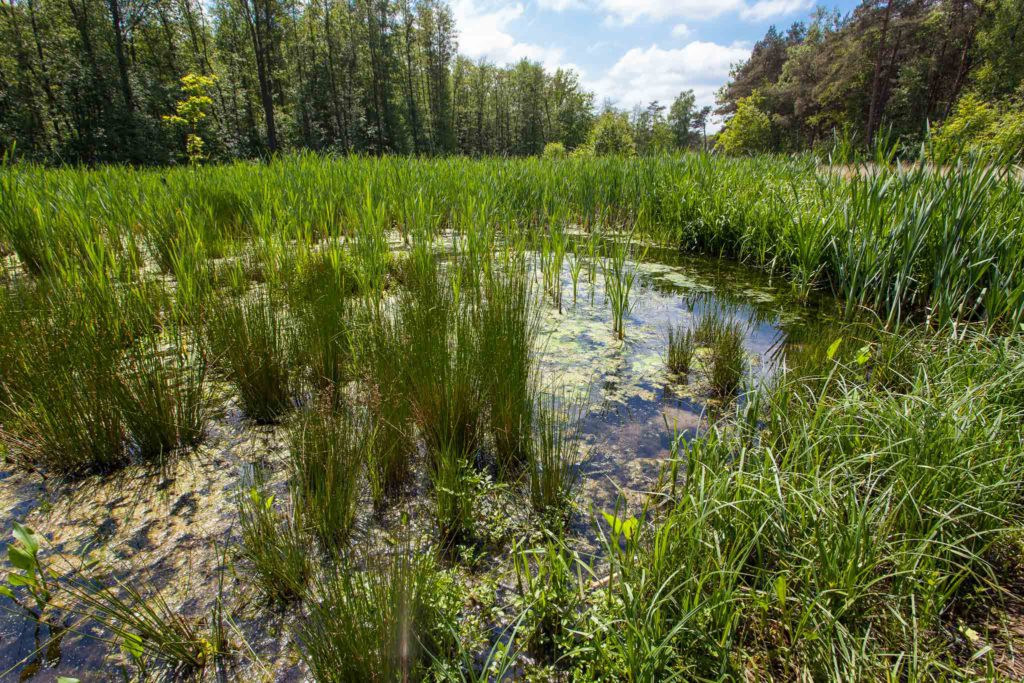Belgoprocess has a social responsibility to work in an environmentally safe manner and to implement a sustainable environmental policy. This means that, first and foremost, the generation of waste needs to be prevented. Secondly, materials should be internally or externally recycled where possible. Only when recycling is technically or economically unfeasible, should material be regarded as waste and treated accordingly.
Environment
Environmental policy
Belgoprocess’ environmental policy is based on an approach in which safety, quality and care for the environment are inextricably linked.
Belgoprocess seeks to restrict the environmental impact of its activities. Compliance with legal standards and licensing conditions is not an end in itself. Through our ALARA policy, we strive for minimal radioactive liquid and gaseous discharge.
Moreover, the company seeks to demonstrate via its local area monitoring programme that it does monitor its impact on the local environment, and that that impact is negligible. The results of this monitoring programme are reported to the government authorities.
Licenses
Belgoprocess holds all the necessary federal operating licences for its installations on both sites. It also holds both a federal and a regional licence for the discharge of its industrial wastewater in the Nete at Mol. For new installations or significant extensions to existing installations, or the dismantling of shutdown nuclear installations, Belgoprocess draws up a licence application. When necessary, a safety report and an environmental impact report are added to the licence application.
Waste water discharges
The discharge of purified wastewater into the Nete at Mol is subject to a regional environmental permit and a federal operating licence. Belgoprocess has its own radiological and biological purification installation for wastewater, which subjects all wastewater to extensive purification before it is discharged.
The purified wastewater is first carefully sampled and analysed to determine whether the purification has been sufficiently effective and whether the discharge conditions have been met. If this is the case, the purified wastewater is discharged via a 10 km subterranean pipeline.
Belgoprocess also runs a self-monitoring programme at the discharge point in the Mol-Ezaart measurement station. This programme includes measurement and analysis of both radiological and physico-chemical parameters and is based on the values stipulated in the two licences. Regional and federal officials can access the measurement station at all times to take control samples and have them analysed. In the last 10 years, Belgoprocess has discharged an average of 25,000 m3 of purified waste water into the Nete at Mol. The total discharged weighted radioactivity is less than 1% of the permitted volume.
Atmospheric emissions
Belgoprocess categorises atmospheric emissions into those from nuclear installations and those from conventional installations. A significant effort has been made to limit emissions. This has involved the use of a sophisticated filtration system with preliminary filters and high efficiency filters, and of gas purification.
The High Efficiency Particulate Air (HEPA) filters are very effective, and retain at least 99.95% of dust particles released into the air. Emissions from the chimneys of nuclear installations consist mainly of ventilation air. The discharge limits for the chimneys on the sites are set out in the nuclear operating licence and the associated safety report, or are imposed under article 36.1 of ARBIS.
The traditional atmospheric discharges are from combustion plants and from the incineration plant of radioactive waste. These plants are regularly checked in accordance with the legal obligations (VLAREM II).
Solid waste
Due in particular to the industrial decommissioning work performed by Belgoprocess, large volumes of materials are generated. An extensive material management programme ensures that a substantial proportion of these materials are decontaminated to below the release limit, as a result of which they can be recycled as secondary raw materials. Only small volumes of radioactive waste are left.
The material from the controlled zone mainly consists of concrete rubble and scrap metal. The treatment of this waste flow must ultimately result in a high recycling percentage after release. To this end, special installations have been designed and built which are capable of eliminating radioactive contamination from concrete and/or scrap metal. After sampling at the concrete sampling installation, the concrete rubble is released for use as a secondary raw material for road construction. The metal is released after treatment in an abrasive jet facility. The fraction of metals which, due to size restrictions, cannot be released after treatment with the available resources and after measurement, is sent to a melting oven in Sweden to be melted down, sampled and released after measurement. The volumes of released materials are systematically recorded and reported to the FANC.
